The history of your favorite foods revealed
Debra Waters
10 February 2017
Do you know how your favorite foods were invented?
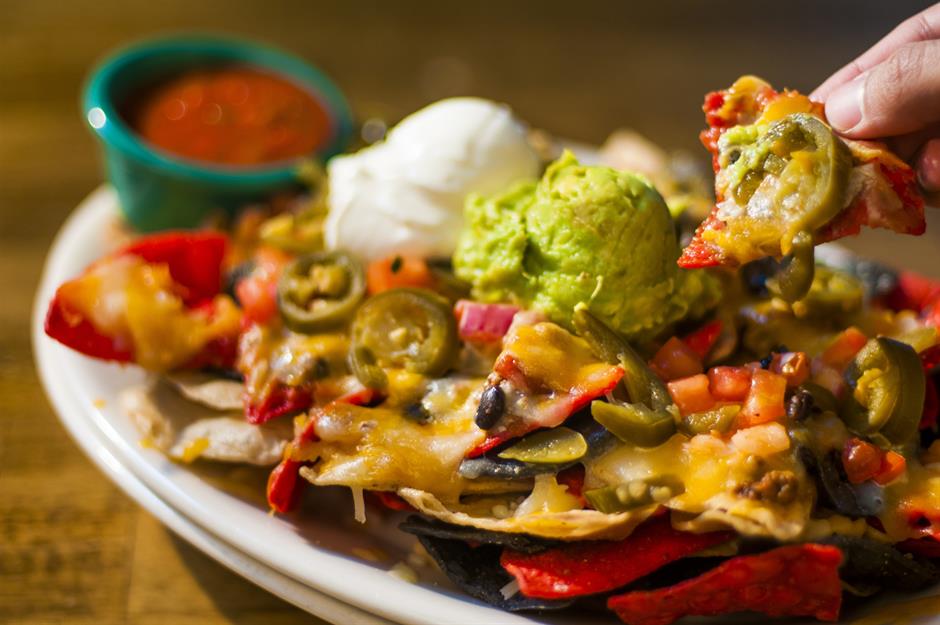
e2dan/Shutterstock
Some of our favorite foods are centuries old, some were conceived relatively recently – all were the result of an ingenious or resourceful cook.
Hamburgers
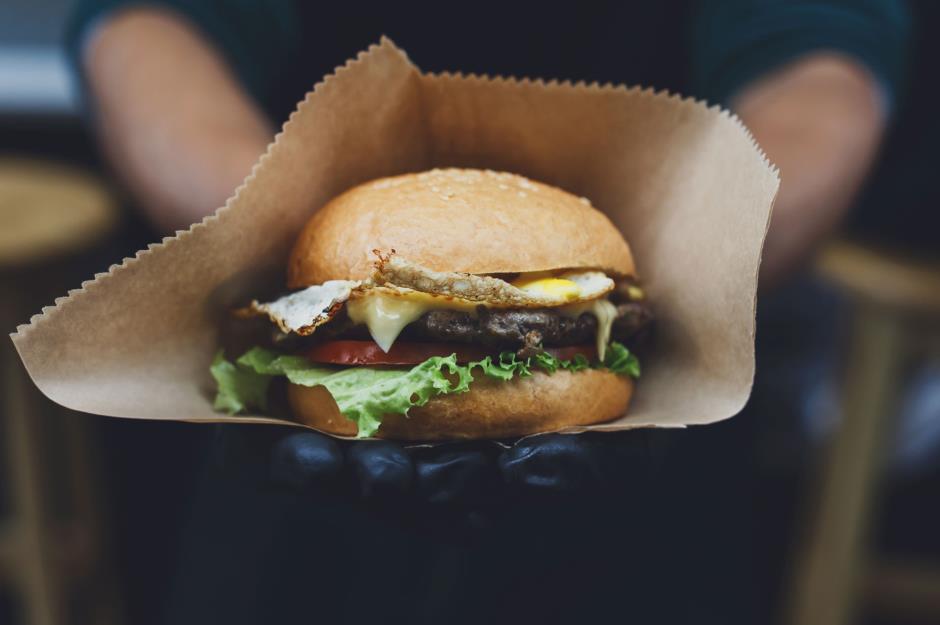
Shutterstock/Prostock-studio
It’s indelibly associated with American cuisine but the earliest incarnation of the modern hamburger was German. The snack of ground meat served in a brötchen (roll) came over from Northern Europe with German immigrants and spread across the US, so it’s unfair to attribute its invention to one person, though Wisconsin’s Charlie Nagreen, Connecticut’s Louis Lassen, Oklahoma’s Oscar Weber Bilby and The Mench brothers from New York have all been credited.
French fries

Shutterstock/Christian Fischer
French fries were actually invented in Belgium around the 17th century but one theory about how the snack got its current name is that WWII GIs made the assumption that the fried potatoes they were eating were French (even though they were on Belgian soil) and called them French fries. However, it's more likely that Jefferson’s Gallic chef made them ‘in the French manner’ for the President and, over time, they became known as French fries.
Waffles
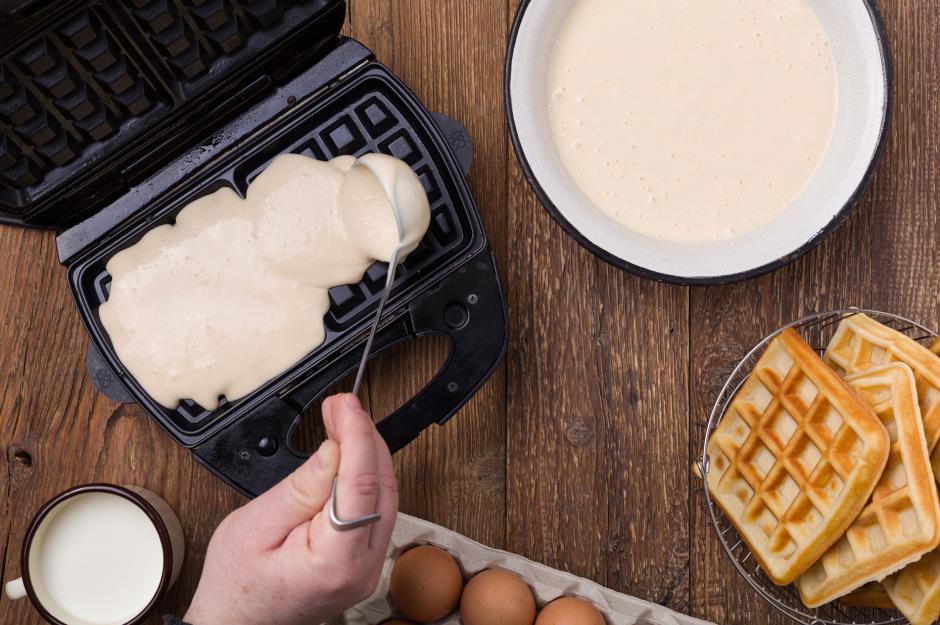
Shutterstock/gkrphoto
Although ‘waffle’ doesn’t appear in the English language until the early 18th century, waffles (of a type) go back as far as 9th-century Europe. The recipe was much more basic back then, but they were still cooked in irons, like today, and by the 14th century the egg-based mix was being used. Founding Father Thomas Jefferson is often credited for starting the American waffle craze, but it’s most likely that Pilgrims brought them to the US.
Ranch dressing
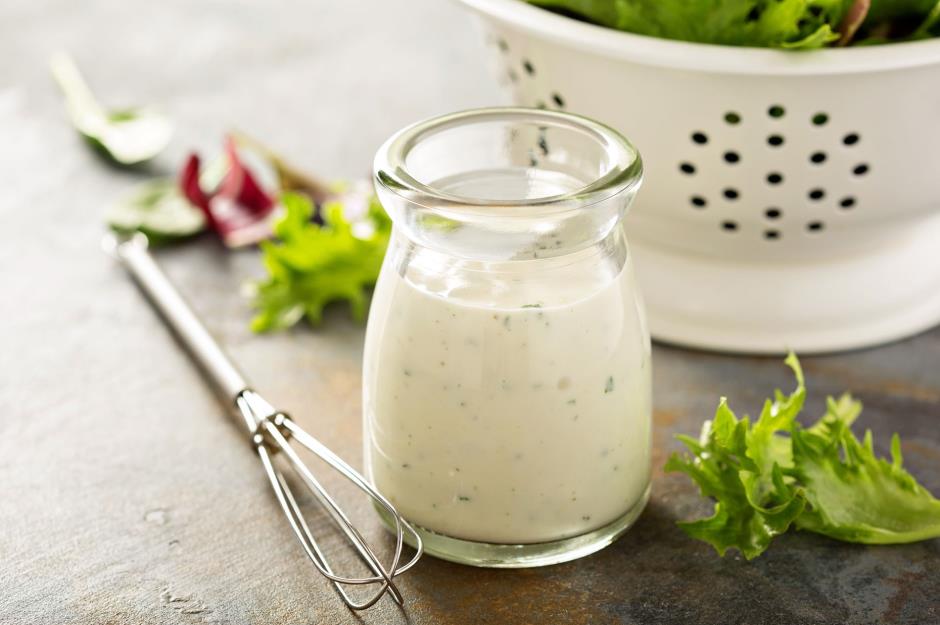
Shutterstock/Elena Veselova
The Hensons first made this dressing on an Alaskan ranch in the 1950s. It started out as a condiment for paying guests, but when the buttermilk, herbs and mayo mix proved palatable the savvy couple manufactured it.
Barbecue
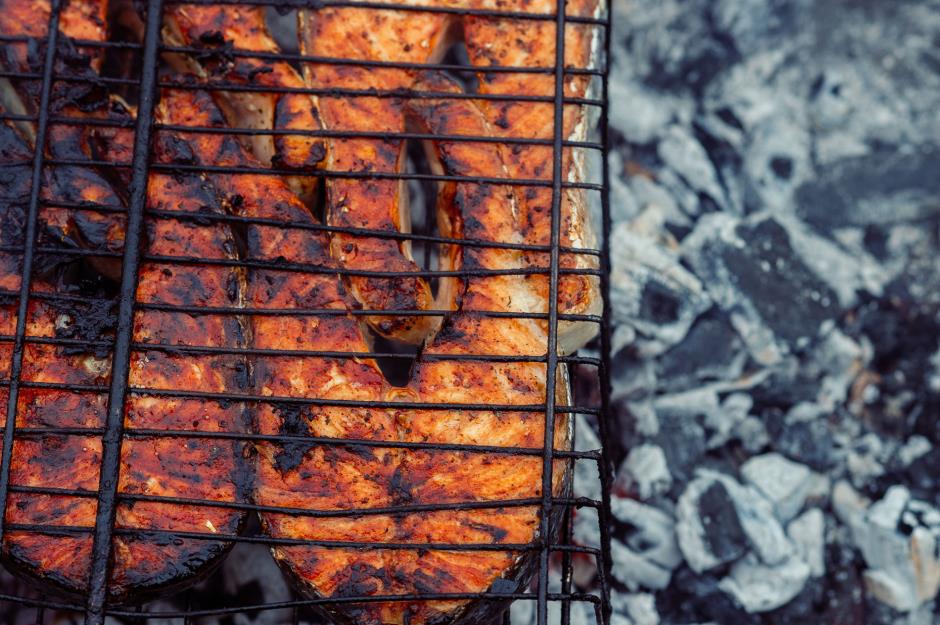
Shutterstock/ViChizh
We have Caribbean Indians to thank for the invention of the barbecue – they invented a wooden framework called a barbacoa for smoking and cooking food as well as for storage and sleeping. The Spanish subsequently adopted them. By the 17th century it had entered the English language; today it’s a commonplace way to cook.
Ketchup
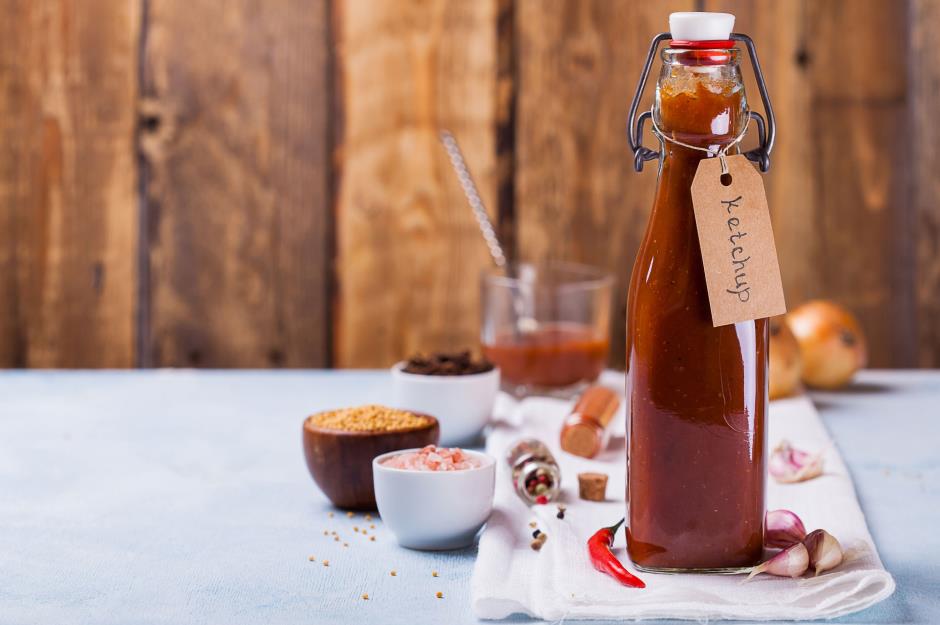
Shutterstock/Daria Saveleva
English explorers discovered ‘kê-chiap’ on their travels around Asia and the sauce developed, as did the word, from a fishy spicy blend to a mushroom condiment to the tomato variety we know today.
Corn Flakes
.jpg)
Shutterstock/Shyripa Alexandr
Both the granola and Corn Flakes we know today were developed and put to market by Kellogg brothers John Harvey and Will Keith. The breakfast cereals originally started life as health foods aimed at decreasing passion – as Seventh Day Adventists the Kelloggs believed in sexual abstinence. The siblings eventually fell out over a dispute about adding sugar to products.
Burritos

Brent Hofacker/Shudderstock
So, how did a food end up being named after a little donkey? No one really knows – it could be that the filled-then-wrapped tortillas resembled donkeys’ ears or that they look like the rolled packs they carry. What we do know is that the burrito is most definitely Mexican, though what's eaten in the US today is a Tex-Mex creation that evolved since arriving in America in the early 1900s.
S’mores
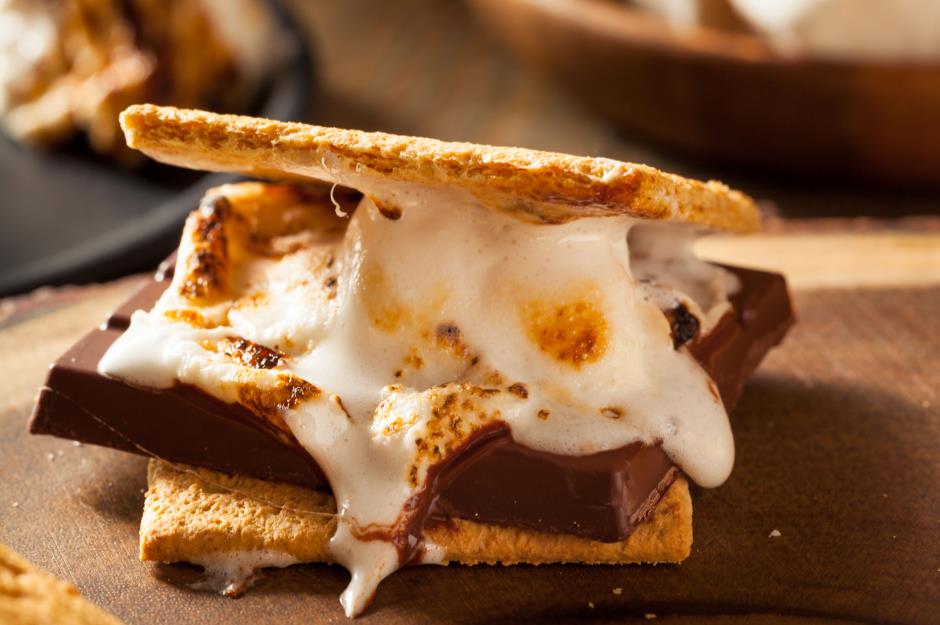
Shutterstock/Brent Hofacker
Marshmallows melted over a fire are easier to hold sandwiched between two crackers. The resulting recipe, which includes chocolate, is attributed to a 1920s campfire cookbook; the name Some More, however, doesn’t feature until later, in a Girl Scout cookbook. By the late 1930s, it had morphed to S’mores.
Frankfurter/hot dog
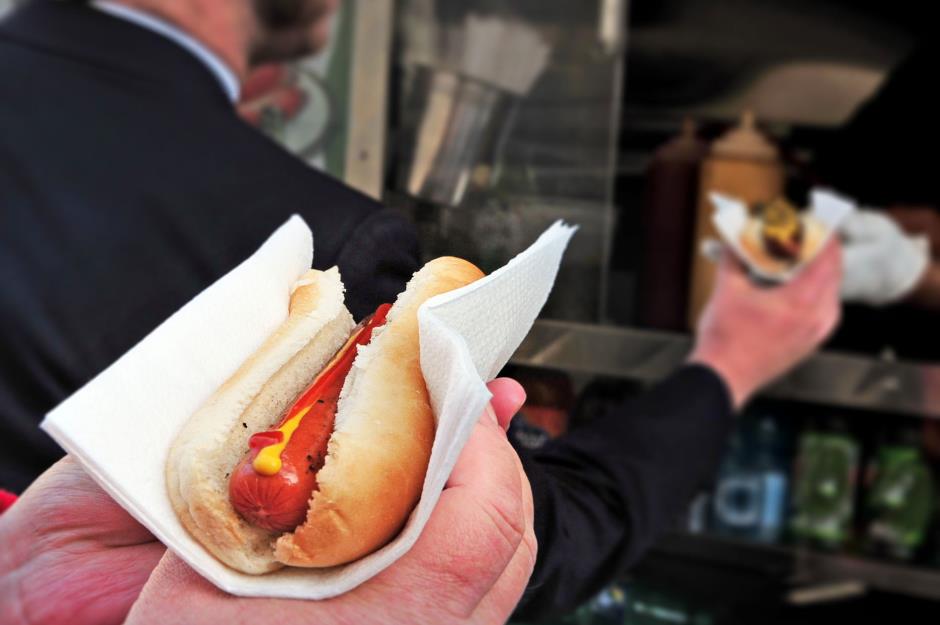
Shutterstock/ChameleonsEye
Frankfurter pork sausages originated in Frankfurt, Germany, hence the name, and the term hot dog may well be a reference to the small, long dachshund dogs a German butcher thought they resembled. But it’s most likely that the hot dog we know and love evolved at 19th-century American baseball games, the bun being a convenient way to hold a hot sausage while watching sports, and the name a cartoonist sketching the vendors used when he was unable to spell ‘dachshund’.
Potato chips

Shutterstock/HandMadePictures
Although a cook called George Crum is credited as the inventor of potato chips, or crisps, at Saratoga Springs in 1853 (he was responding to a disgruntled customer’s complaints), a recipe for ‘potatoes fried in slices or shavings’ featured in The Cook’s Oracle (1817), and other versions appeared in cookery publications in the 1820s and 30s. It wasn’t until the early 20th century, however, that potato chips were manufactured and bagged.
Pizza
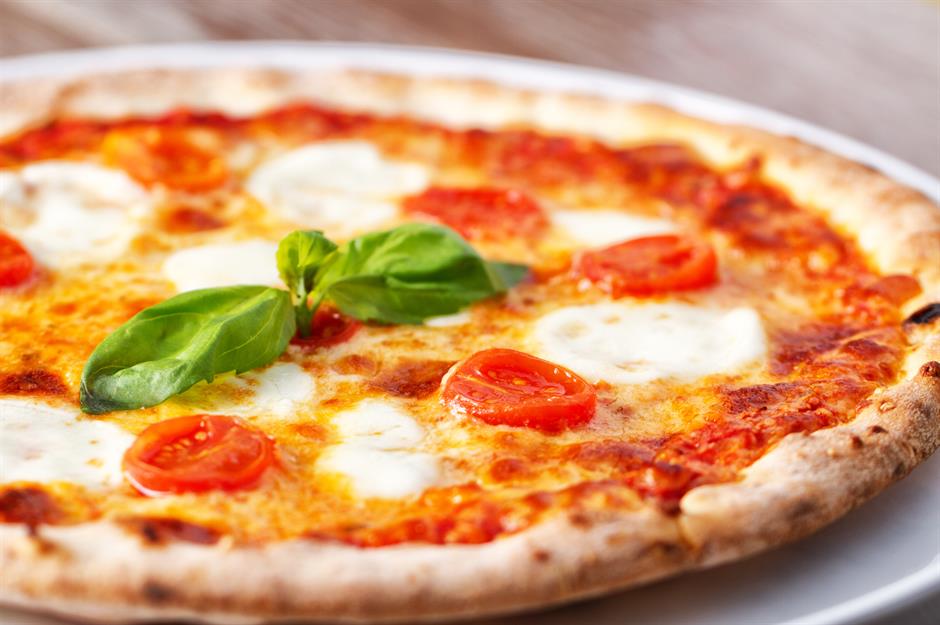
svariophoto/Shutterstock
A very early version of pizza was the Greek ‘pitta’ (flatbread) though the present-day pizza we eat hails from Naples, Italy, where it was a peasant dish eaten on the go.
Sandwiches
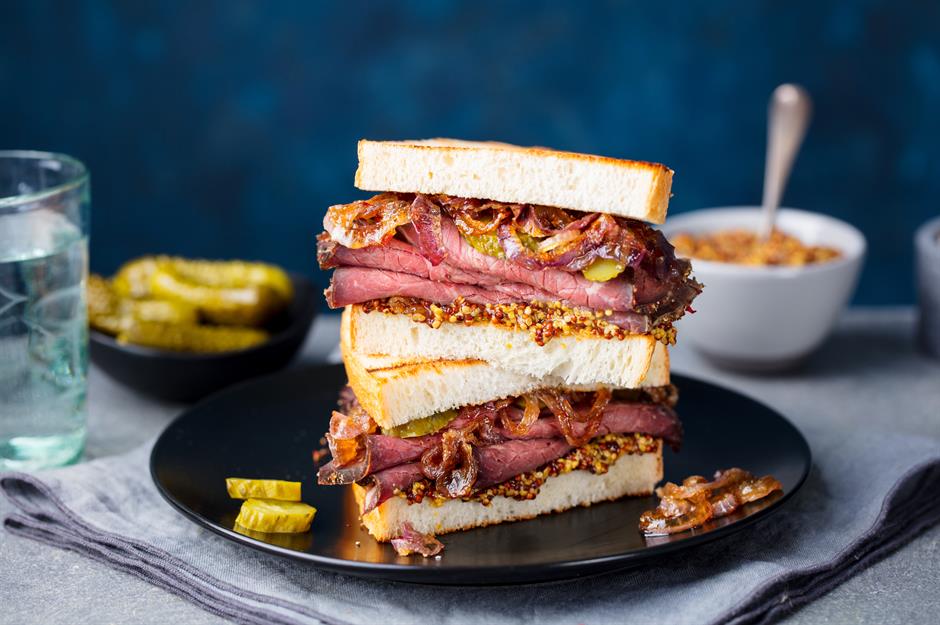
Anna_Pustynnikova/Shutterstock
Legend has it the sandwich was born when an 18th-century member of the British aristocracy, John Montagu – the 4th Earl Sandwich and a notorious gambler – began eating meat between two slices of bread so as not to mark playing cards with grease. The more prosaic truth, according to Montagu's biographer N.A.M. Rodger, is the snack was produced so his Montagu could continue working at his desk.
Sub sandwich
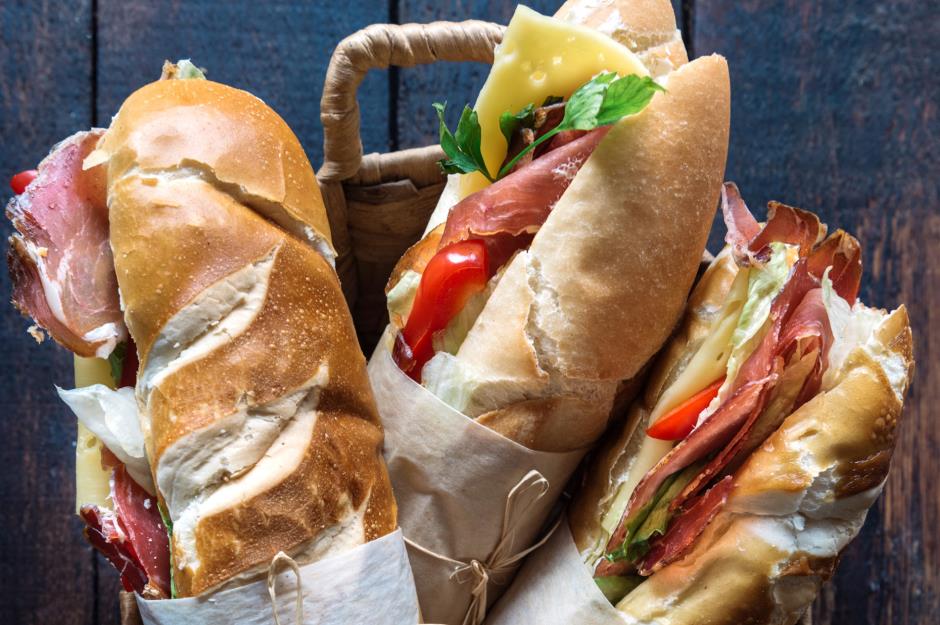
Shutterstock/Family Business
Though this sandwich of meat, cheese and veg in a long piece of bread is Italian, the name ‘sub’ may have been devised by Dominic Conti who sold the snack at his New Jersey deli. He called them subs after visiting the Fenian Ram submarine at the Paterson Museum. The hoagie, meanwhile (a different name for what is essentially the same item), was named after the Hog Island shipyard in Philadelphia, where Italian immigrants worked.
Caesar salad

Shutterstock/Brent Hofacker
Italian restaurateur Caesar Cardini’s ‘aviator salad’ was rustled up from leftovers to feed the Hollywood elite holidaying in Mexico to escape Prohibition. The name was later changed to honor the inventor, who trademarked it and did very well out of it.
Twinkies
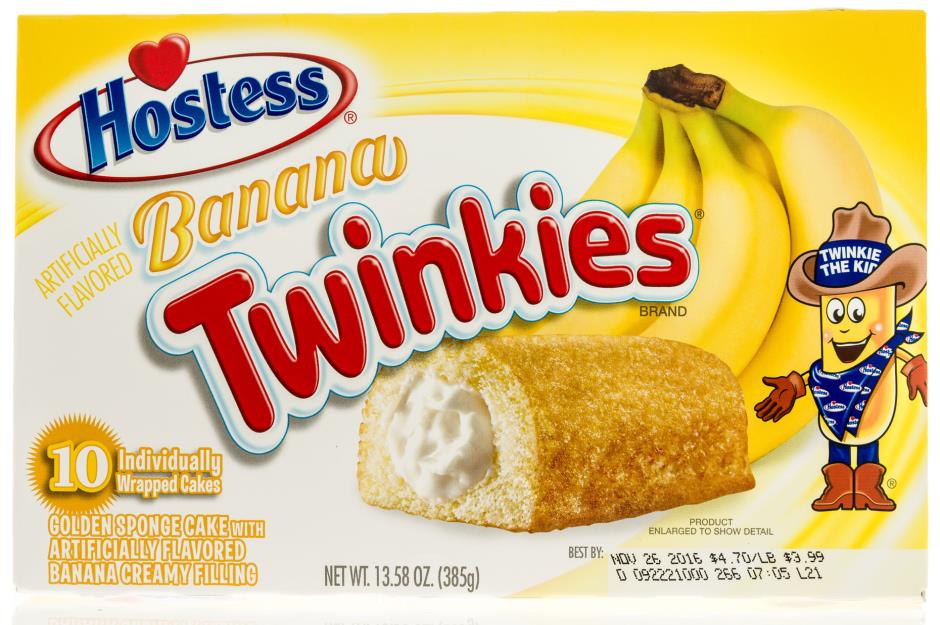
Shutterstock/Keith Homan
The iconic sponge cake snack with a creamy vanilla filling came about in the 1930s when a baker for the Continental Baking Company dreamed up a product to utilize some redundant machinery. Originally made with dairy filling, this was replaced with artificial ingredients to give the product a longer shelf life. The memorable name, it’s said, was inspired by a shoe ad.
Club sandwich

Shutterstock/Brent Hofacker
This double-decker chicken and BLT combo was the brainchild of some clever person at a late 19th-century private gaming club (possibly the Union Club) in New York who also had the foresight to toast the bread to soak up the mayo.
Cobb salad

Shutterstock/A S Food Studio
Like the Caesar salad, necessity proved to be the mother of the Cobb salad’s invention. The avocado, bacon, chicken, egg and Roquefort cheese combo was fashioned from remnants found in the kitchen of one of the iconic Brown Derby restaurants in LA and named after the owner, Robert Howard Cobb.
Peanut butter and jelly sandwiches
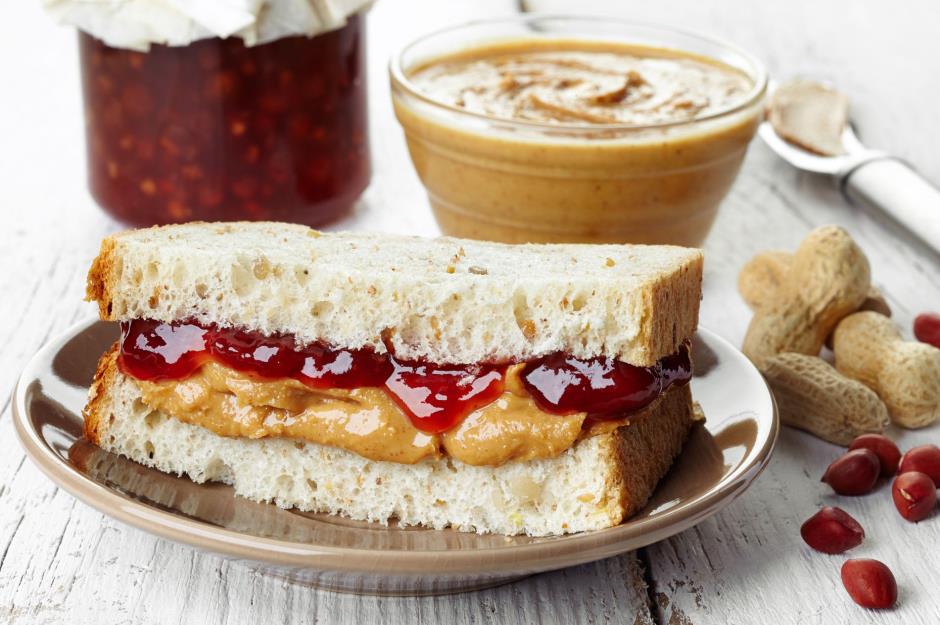
Shutterstock/baibaz
As there’s no mention of this famous snack until the 1940s it’s safe to assume the story that American GIs created the PB&J sandwich with their WWII rations is true. Certainly, jelly makes peanut butter more palatable for those with a sweet tooth, and the blend is a cheap and easy sandwich filler.
General Tso’s chicken

Shutterstock/A S Food Studio
Just as chicken tikka masala is an Anglo-Indian conception, so General Tso’s sweet and sour chicken stir-fry is Chinese-American. It’s likely to have been the work of chef Peng Change-kuei, who opened a restaurant in New York in the 1970s. Alternatively, a chef called TT Wang could have introduced it around the same time. You won’t find it in China, however, even though its roots are in Hunanese cuisine.
Bagels
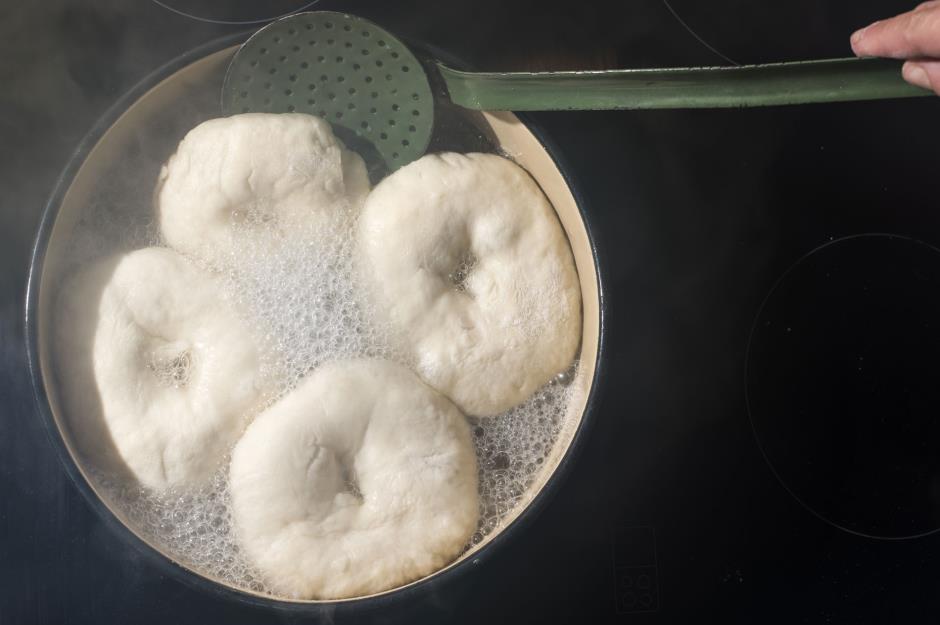
Shutterstock/Deyan Georgiev
The bagel, or beigel, is a Jewish invention from Eastern Europe that probably originated in Poland, most likely Krakow, in the 17th century. Traditionally, the bagels as we know them became widely eaten because they could be baked quickly and eaten on Saturday nights after the Sabbath (when cooking’s prohibited), unlike other time-consuming bread varieties. The hole has its uses – bagels were threaded together for display or transporting.
Biscuits and gravy
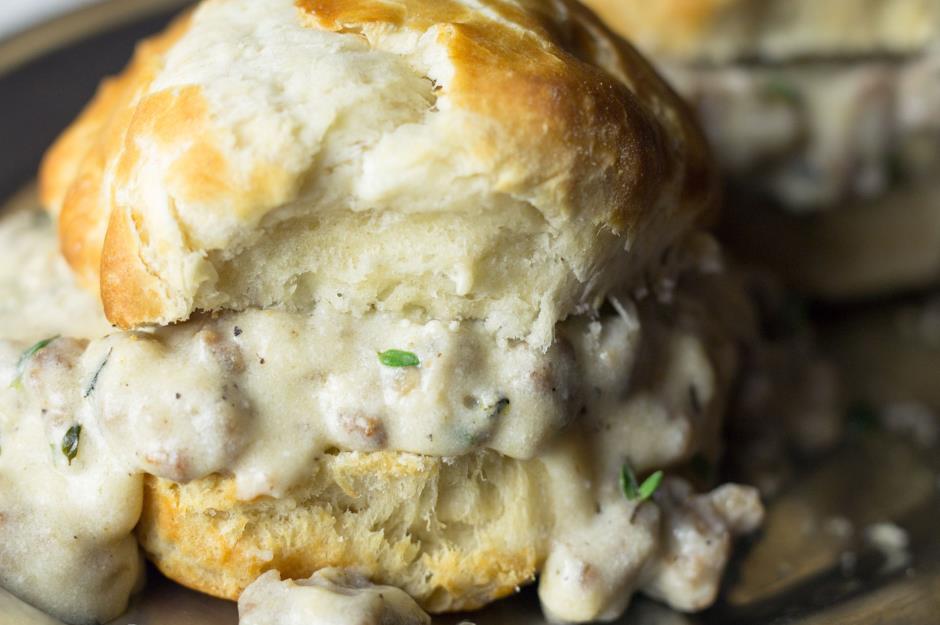
Shutterstock/Aimee M Lee
This modest but hearty breakfast dish of biscuits (savory scones) and sawmill (sausage) gravy was borne out of need after the American Revolution. It provided plantation workers with a cheap source of fuel to get them through the day.
Donuts
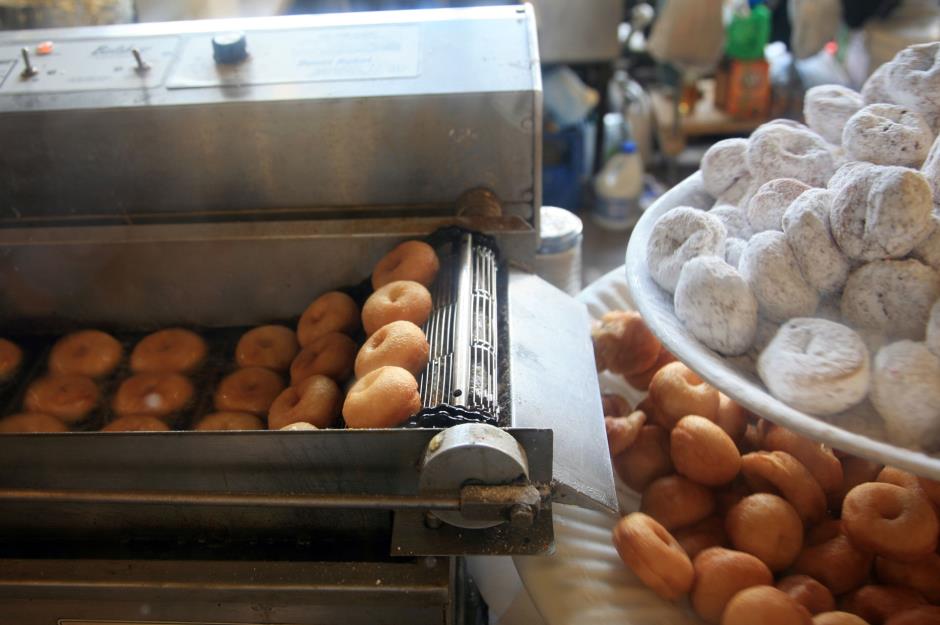
Shutterstock/mikeledray
A recipe for ‘dow nuts’ – deep-fried dough cut into ‘nuts’ – features in an English cookbook from 1800, though it’s unclear if this is when donuts were invented. We do know that Dutch settlers brought whole donuts to the US. The hole came later, in 1847, and is accredited to a sailor called Hanson Gregory. They’ve certainly proved popular; around 10 billion donuts are eaten in America every year.
Cotton candy/candy floss

Shutterstock/Pierre Olivier
This spun sugar treat is probably of Middle Eastern origin. It only took off in the US when a confectioner teamed up with an entrepreneurial dentist called William James Morrison to develop the first cotton candy machine. Needless to say it went down a storm at the 1904 St. Louis World’s Fair.
Funnel cake
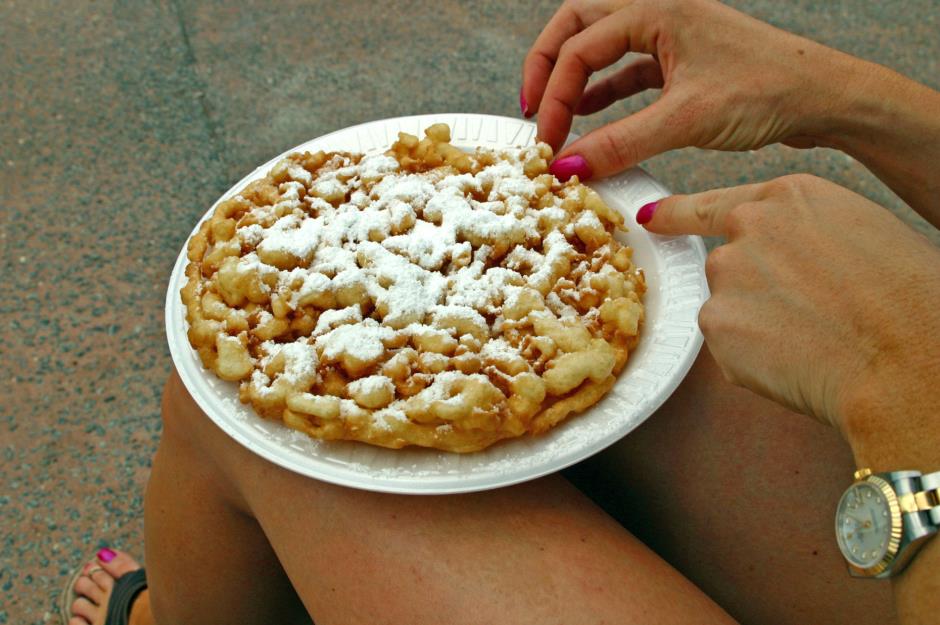
Shutterstock/matman
As ubiquitous at fairs as cotton candy, funnel cakes – so named because they’re made by pouring batter through a funnel into hot oil – originate from the Middle East and were brought to America by German immigrants.
Buffalo wings

Shutterstock/Brent Hofacker
There’s some dispute over who invented these fried chicken wings smothered in a spicy sauce. They first appeared in 1964 as a bar snack at the Anchor Bar in Buffalo, New York, though a breaded version was simultaneously sold at John Young’s Wings ‘n Things, also in Buffalo. They’re so revered July 29 is now National Chicken Wing Day.
New England clam chowder
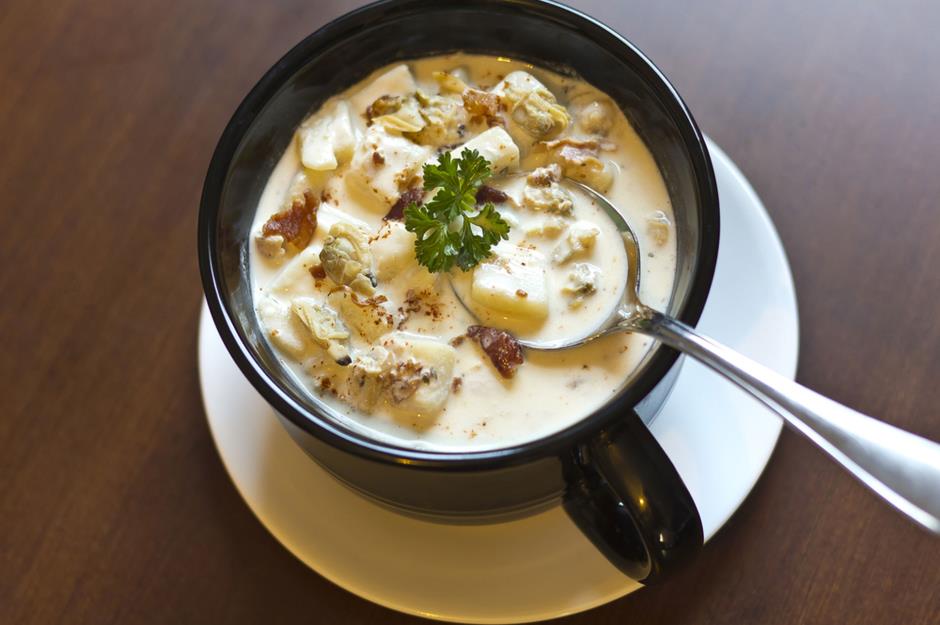
Shutterstock/Ezume Images
Fish chowder came over to America with European immigrants – there’s a recipe for the dish in a 1751 Boston newspaper. But New England claimed the meal as its own when the state’s abundance of clams led to a name change that stuck.
Sushi

Shutterstock/Studio Waleson
Sushi is old. Very old. It’s thought it was developed in 8th-century Japan as a means of preserving fish in fermented rice. You’d be forgiven for thinking it but, contrary to popular belief, the word ‘sushi’ hasn’t got anything to do with the fish, but the vinegary bed of rice.
Ice cream soda
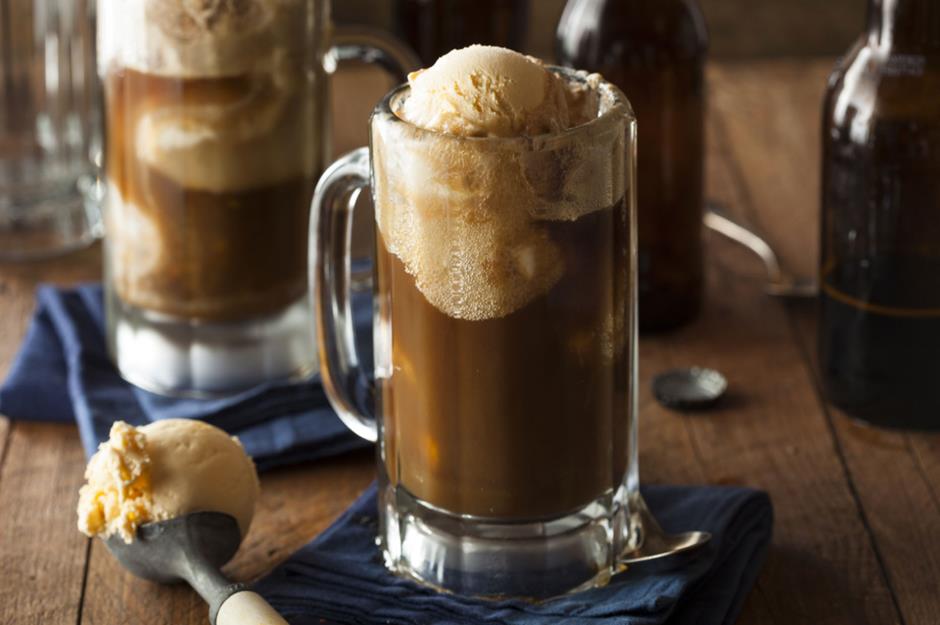
Shutterstock/ Brent Hofacker
In 1874, Robert McCay Green, a resourceful vendor at a Philadelphia exhibition, combined carbonated drinks with ice cream to create a new product. His ice cream soda (also called coke float or root beer float), was produced essentially as a gimmick – and it worked.
Nachos

e2dan/Shutterstock
In the 1940s a resourceful maître d'hôtel called Ignacio ‘Nacho’ Anaya rustled up this snack for the wives of US soldiers stationed at Fort Duncan, who were lunching at Piedras Negras, Mexico, just across the border. The dish went down a storm and now nachos are an integral part of Tex-Mex cuisine.
Comments
Be the first to comment
Do you want to comment on this article? You need to be signed in for this feature
Most Popular
Reviews 31 unbelievably sugary cereals from around the world